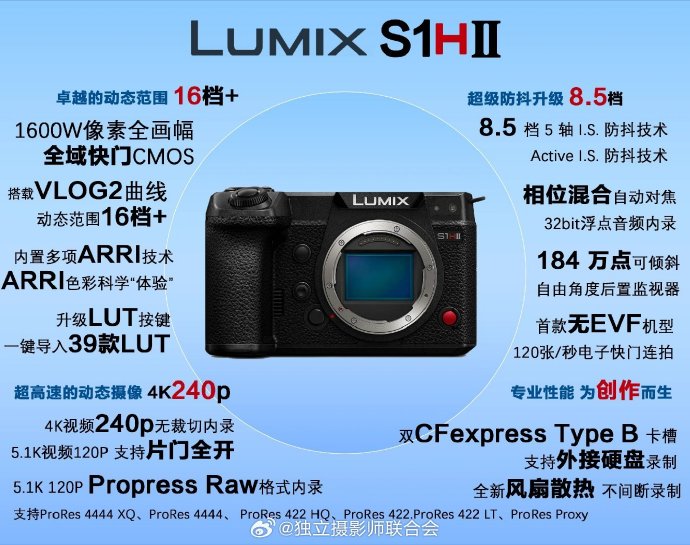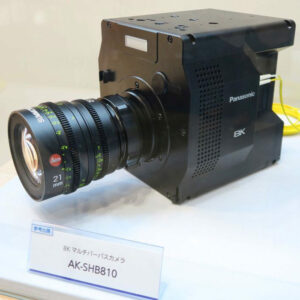
Panasonic interview: “Leica will decide if other companies can join the L-mount”

Personal View interviewed Panasonic at Photokina and here is the part related to their new L-mount venture:
–
PV: Talking about new L-mount alliance among Leica, Panasonic and Sigma. There is one company I was expected to see and surprised to not see, Olympus. I know that Olympus and Panasonic, although these are two quite different teams with two different visions, have a long established alliance within the MFT system. Do you think in the future Olympus might come to join the L-mount? The partnership with Olympus may perhaps also benefit the L-mount system as it did with the MFT.
Mr. Uematsu: About the MFT standard. The standard means that we have fixed about the interface between a lens and camera body, and also the optical image circle and flange back. However, we never make any discussion with Olympus about the products itself. For the MFT we only have an agreement about the lens mount, without discussing specifics of our products. This could possibly lead to competition between our products. Therefore you may find almost the same specs lenses made by Panasonic and Olympus. If we can make any good discussion, we can make very good balance among products of two companies. But it is strictly prohibited by antitrust law. For the L-mount alliance, the licenser is Leica, Panasonic and also Sigma are just licensee.
Ms. Fujiwara: We have no information which other companies will get the license for L-mount as Leica owns the license. This will be the Leica’s decision to which other companies to offer the license for the L-mount.
PV: It would be interesting to know in this respect your opinion on the future of sensor technology. As you mentioned there was a large progress in digital image sensors in the last 10 years. How do you see the future in this field? For example, do you think we have reached the limits of the CMOS sensors and we really need something else? For example, I have seen the publications about the collaboration between Panasonic’s sensor division and FujiFilm developing organic sensors. I am certain there are other efforts.
Mr. Uematsu: As you know, since its initial announcement in 2016, there is a continuous cooperation between Panasonic and FujiFilm in development of the organic sensor technology. The recent results are very promising. The mass production of this kind of sensor, however, will take a little bit more time, and today I cannot say when we can use this kind of a sensor.
PV: Will Panasonic continue with development of sensors?
Mr. Uematsu: Yes of course. But even with the silicon photodiode, we still have some margin to be improved. The reason is for this is when more than 10 years ago in compact camera category many people said that pixels of a 3 micron in size is near the limits and any smaller sensor pixel would produce images of very bad quality, but nowadays the sensor pixels are 1.5 microns or less and we can get good picture quality, and this means that even with the silicon sensors we still have margins to be improved.
PV: However, wouldn’t the further decrease of pixel size bring us to the physical limit when the pixel size will be close to the wavelength of visible light? I am aware about the different kind of ideas, but I hope you perhaps could tell us your personal view on the possible future with sensor technology?
Mr. Uematsu: Of course, we do not want to reduce the sensor pixel size infinitely. However, each sensor pixel consists partially of a photodiode, a substrate and also of a transistor. If we can increase the relative ratio of the photodiode relative to two other parts, this will make sensor more efficient and also result in the better image quality. The reason why an organic photoconductive film makes better efficiency is because this allows to maximize the light reception area and more angle of the incident light. The organic sensor has less deflection. This means that the organic sensor can get more efficiency/sensitivity. This theoretically could make the organic film sensor better.


